What Ukraine can now do with longer-range US missiles − and how that could affect the course of the war
Published in Political News
The outgoing Biden administration has authorized Ukraine to use U.S.- supplied longer-range missiles to strike deeper into Russia territory, according to reports citing White House officials.
The move comes amid concern in the West that Moscow – aided by the influx of thousands of North Korean fighters – might be preparing a major counteroffensive to regain lost territory in the Kursk region of Russia.
But how big a deal is the Biden decision? And could it change the trajectory of the conflict in Eastern Europe? The Conversation U.S. turned to Benjamin Jensen, a professor at American University and the Marine Corps University School of Advanced Warfighting, for answers.
The Army Tactical Missile System, or ATACMS, are short-range ballistic missiles that can travel a lot farther than the weapons previously at Kyiv’s disposal.
We aren’t talking about new technology. ATACMS have been around as a concept since the late 1970s and 1980s and first came into production toward the end of the Reagan era, around 1986. By the mid-1990s they were in service, being first deployed by the U.S. in 1991 as part of Operation Desert Storm.
ATACMS have a range of approximately 190 miles. That distance is longer than British-supplied Storm Shadow and French-supplied Scalp cruise missiles, which have a range of 155 miles.
Not only do ATACMS go a lot farther, they also travel very fast – at Mach 3, or three times the speed of sound, making them harder to intercept. Depending on where they are fired from, ATACMS can be difficult for radar systems to detect.
The other benefit, in this regard, is that ATACMS are not reliant on GPS positioning. Moscow has had success in jamming and blunting the effectiveness of other weapons that depend on GPS. But ATACMS can switch to an inertia guidance system, based on gyroscopes, to avoid GPS jamming tactics.
The newly authorized missiles also can carry a heavy payload of up to 500 pounds – enough to create a huge crater on impact.
ATACMS’ range, terminal velocity and size of warhead could potentially make a huge difference in the current conflict. It means that Ukraine would have the capability to conduct deep strikes on Russian territory.
In addition, U.S. authorization of their use by Ukraine in Russia would, in theory, also make it easier for other allies to transfer ATACMS to Kyiv. Nearby Poland and Romania have them, as do South Korea and Australia. Authorization by the Biden administration could give those governments the green light to supply the missiles to Ukraine, too.
Washington’s decision comes as Russian troop numbers are being swelled by North Korean fighters – the 10,000 North Koreans reportedly in Russia at present is likely just a first wave.
This has coincided with a build up of 50,000 Russian troops near Kursk – the key Russian territory taken by Ukraine earlier this year. Over the past few days, there have been what I would call “probing attacks” by Russia in the area in preparation for what could be a much larger assault to recapture the territory.
In advance of that counter-push, North Korean and Russian troops will need to marshal together before moving to the front – and they will be doing so in assembly areas deeper within Russia.
The military thinking is, if you can hit troops in those deep areas, you can seriously disrupt Moscow’s operational reach. And ATACMS are perfect for attacks on tactical assembly areas – their size, speed and range makes them harder to intercept.
Certainly if I were advising the Ukrainian military, I would be looking to use ATACMS to hit both assembly areas, ammunition sites and airfields.
If I had to bet, I’d say there are still deep concerns of escalation but growing acknowledgment that we are entering a transition phase in the conflict.
President-elect Donald Trump has signaled that he wants to negotiate an end to the war in Ukraine. I assess that authorizing ATACMS now suggests the Biden administration is trying to give Ukraine a better hand during those negotiations.
Alternatively, the current White House may have looked at the growing pro-Moscow support of North Korean and concluded that allowing Ukraine to hit North Korean troops before they can be deployed to the front is the only way to offset the advantage this gives Russia. Besides troops, Pyongyang has sent more artillery shells to Russia than the European Union has to Ukraine.
These rationales are not mutually exclusive. It also appears that to the Biden administration, the imperatives outweigh any perceived risks of the U.S. getting drawn further into the conflict or of an escalatory response from Russian President Vladimir Putin.
My reading of the conflict – and you are getting a sense of this through recent statements form Ukrainian President Volodymyr Zelenskyy – is that Ukraine may only have until the end of the next campaign season, that is spring to summer 2025, to maintain its position. This is due to the ongoing cost that fighting is having on Ukraine. Kyiv is experiencing problems mobilizing sufficient troops – it has had to increasingly turn to conscription, something Ukraine had tried to avoid.
This isn’t to say that Ukraine has run completely out of steam. But it will struggle to take more Russian-controlled territory. Capturing territory in Kursk was a major achievement, but it was a one-off, high-risk gamble. And fighting in parts of Ukraine’s east occupied by Russia is proving difficult.
The reporting around Biden’s authorization of ATACMS suggests that Washington is telling Ukraine that the missiles can’t be deployed everywhere, just in Kursk.
If Trump does have the ability to force people to talk, as he says he does, that will not stop the fighting. Fighting will continue until the parties agree to a cease-fire, and even after that, it could flare up at anytime.
For these reasons, I think you will see Russia throw everything at Kursk, militarily. And Ukraine will do everything it can to keep control of territory there – Kyiv knows that Kursk would be its biggest bargaining chip should it come to negotiations.
I really think that the decision to authorize ATACMS was more about the reality on the ground in Ukraine than politics in the United States. That said, the president-elect’s stated push for negotiations as a way to settle the Ukraine-Russia conflict may well have escalated the decision.
This article is republished from The Conversation, a nonprofit, independent news organization bringing you facts and trustworthy analysis to help you make sense of our complex world. It was written by: Benjamin Jensen, American University School of International Service
Read more:
From Kursk to Kursk: Putin’s attempt to project an image as Russia’s ‘protector’ has been punctured throughout his 25 years in power
Ukraine’s cross-border incursion challenges Moscow’s war narrative – but will it shift Russian opinion?
Crippling civilian infrastructure has long been part of Russian generals’ playbook – Putin is merely expanding that approach
Benjamin Jensen is affiliated with the Center for Strategic and International Studies.

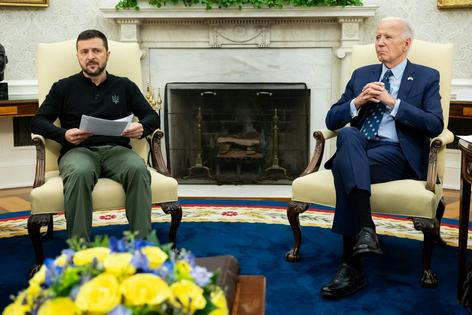























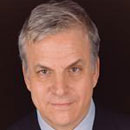



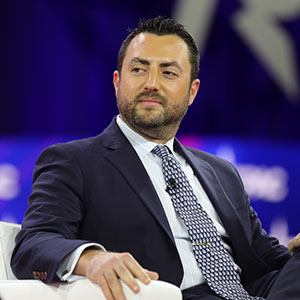



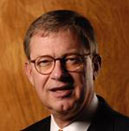







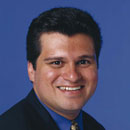



















Comments